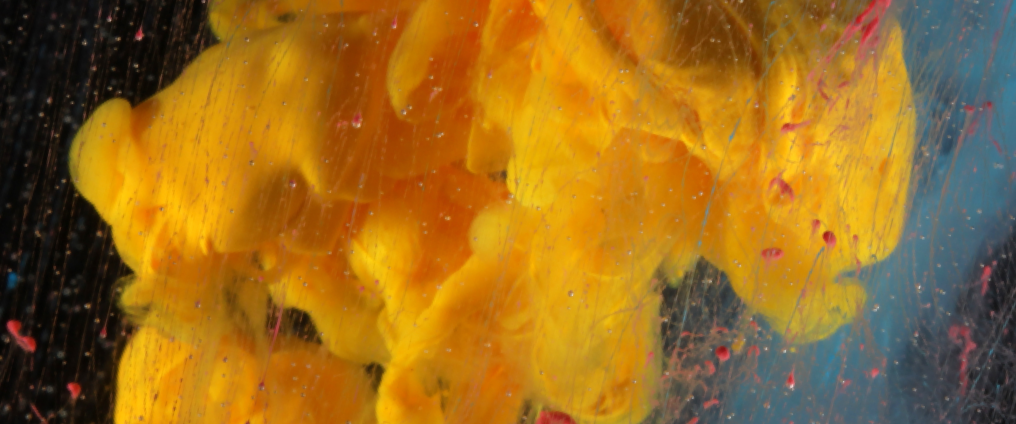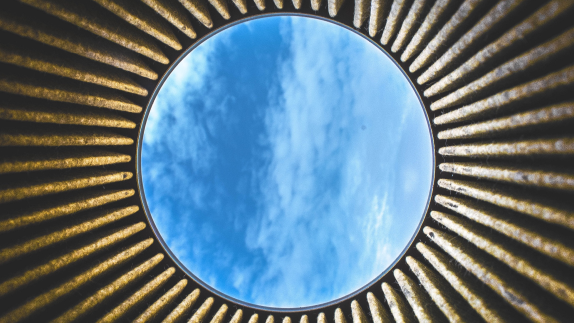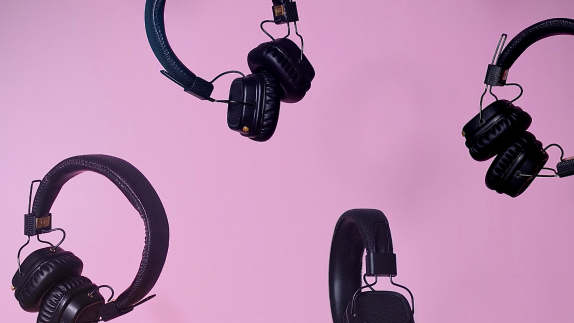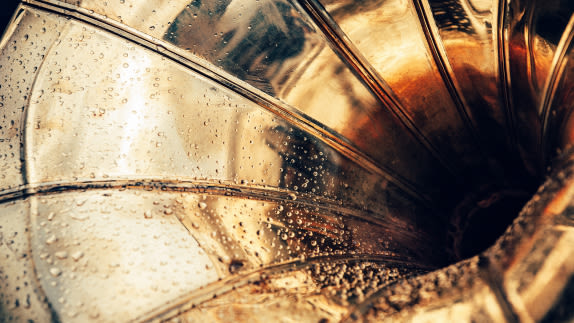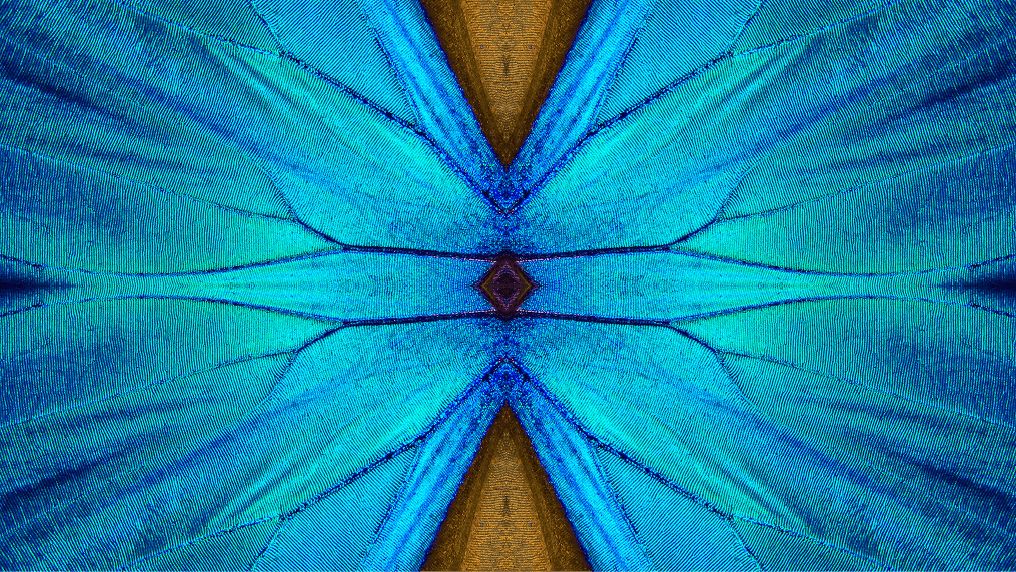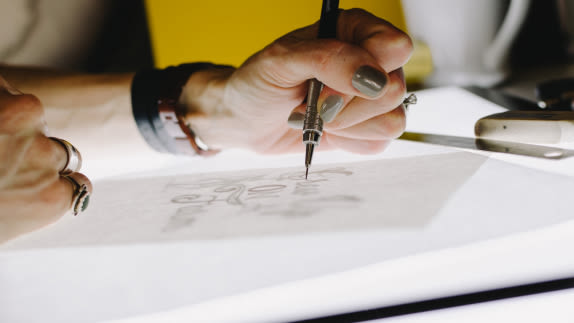Look around you. Almost everything you see has been designed by someone. Your chair. The building you are in. Your clothes. And not just physical things, but also all of the services you use and the experiences that make up day to day life.
There are many definitions of and perspectives on design. Many agree that designing is about creating with intent, about addressing needs, and about moving towards preferred situations. The Montreal Design Declaration, which represents over 700 professional associations, design schools and stakeholders, defines design as “the application of intent: the process through which we create the material, spatial, visual and experiential environments”.
This isn’t just about products or aesthetics. “Design as a discipline has moved from the traditional concept of the visual or tangible artefact through to orchestrating interactions and experiences, and to transforming systems,” as Nesta summarises.
It’s not just for people with ‘design’ in their job title. Even if you don’t call yourself a ‘designer’, you might still play a critical role in the design stage and determine the attributes and characteristics of future products, services and systems. In fact, at least one person in every 20 that make up the world’s workforce is involved in the design stage and plays a crucial role in shaping our future.
Important choices are made in the design stage. This includes the definition of business models, material choices, and the 2D or 3D aesthetics and functionality of elements, but also the way designs will interact with people and systems along their journey, such as with logistics, collection, and infrastructure systems. In the case of physical products, how different materials are combined and how easily they can be reused, repaired, refurbished, or disassembled is also decided at the design stage. Screws or glues?
These crucial choices radiate across the entire system, affecting sourcing, production, and how we use things. Importantly, they also determine ‘what happens next’ and what is possible after something has been used. Does it become waste? Or can it be part of a circular economycircular economyA systems solution framework that tackles global challenges like climate change, biodiversity loss, waste, and pollution. It is based on three principles, driven by design: eliminate waste and pollution, circulate products and materials (at their highest value), and regenerate nature., where waste is designed out and materials are destined for one valuable application after another?
It’s hard to reverse the impacts of design decisions once they are implemented. We can’t unscramble an omelette. Design decisions often lead to long-term investments that lock us into a certain model for years to come. As Radjou and Prabhu in their book Frugal Innovation argue, “over 70% of a product’s life-cycle costs and environmental footprint is determined during its design phase.”
Today, most of the materials we lose, and often after just one short use. In industries such as fashion and plastic packaging more than 80% of all materials in our products and services are destined for landfill or incinerators, with a significant amount also leaking out of the system and into natural environments. They are part of a take-make-waste model. We take finite resources, use them only for a short period of time, after which they are lost from the economy. This is an enormous loss. We miss out on the opportunity to keep products and materials in circulation, and with it all the creativity, labour, and energy that went into them.
That’s why we need to adopt a fundamentally different approach in the way we create the products, services, and systems around us. We need to look ‘upstream’ to tackle the challenges we are facing — tackling them at the design stage rather than treating the symptoms of problems. We need to look at systems as a whole to understand how our creations fit into the bigger picture. And we need to have an inspiring vision and framework that can work in the long run.
The circular economy offers such a framework, built on the principles of eliminating waste and pollution from the outset, keeping products and materials in use at their highest value, and regenerating natural systems. Just like in nature, by design everything is food for something else — materials flow from one (life)form into the next. It is a model that can work for aeons. Just like it has in nature for 3.8 billion years.
By decoupling economic activity from linear material flows, it is a model that goes beyond “doing less bad” to being one of regeneration. Therefore, the more we do of the circular economy model, the better the results — for customers, businesses, society and the environment. It’s about designing better solutions for people and meeting needs within a regenerative system.
What do we mean by circular design?
We use circular design as a shorthand for the practice of applying circular economy principles at the design stage of everything. It is a practice that embraces systems thinking to address some of the biggest interconnected challenges we are facing today.
Circular design offers a direction of travel towards a regenerative and resilient future. A future where we design products, services, and systems with the bigger picture in mind. A future where we zoom in on user needs while zooming out to consider the system in which we are creating. A future where we unlock a new frontier of creativity to address global challenges at their root.
Why do we use the term “circular design”?
Most would say that good design naturally leads to a circular economy. Dieter Rams’ famous 10 principles of good design, for example, state that good design is long-lasting, useful, innovative, and environmentally friendly.
“If something is not designed in accordance with circular economy principles, it is not professional, responsible design — it is malpractice.” — David Grossman, President 2015–2017, International Council of Design
However, it is just not yet happening at speed and scale. Look at design awards, for example, or the celebrated design icons in the fashion, automotive, and furniture sectors; what we praise as ‘good design’ is rarely working to eliminate waste and pollution, keep products and materials in use, or to regenerate natural systems. Often the opposite is true. As a result, there is an urgent need to increase engagement on this topic and to have a way to talk about it.
Why now?
Now, we are at a critical point in time and circular design can help us address global challenges at the root. The current Covid-19 crisis is forcefully opening our eyes to how fragile our current systems are and that we need to create a more resilient economy. Climate change and biodiversity loss equally reveal our short-sightedness and demand that we find new ways of doing business that are less extractive. Redesigning our products and systems, for example, plays an essential role in achieving our climate targets, by reducing GHG emissions, retaining embodied energy and sequestering carbon.
At the same time, we have powerful technological tools at hand that we may utilise to design powerfully and responsibly for a regenerative future. Over the last years, we have gained unprecedented technological abilities: From new bio-benign materials, to data-powered abilities to understand and design across complex supply chains, to digitally-enabled business models that address our needs without extractive material flows. We have possibilities to design and work with nature, rather than against it. In conjunction with the rising desire among creatives to use the transformative power of design as a force for good, we have a real opportunity for change.
Getting started on the journey
What inspires me besides the vision of a future where life can thrive for aeons, is seeing the incredible creativity of pioneers in this space. Strategies to design for a circular economy come in so many shapes, but ultimately what matters most is how we bring new mindsets and practices to the table in our individual contexts, and how we collectively evolve our design practices in the coming years. It’s an exciting journey, and we are only at the beginning of it.
To get started, we can challenge ourselves to answer important questions in the design process:
How might we design in a way that addresses ‘user needs’ AND that can work in the long term?
How might we create products and services that fit into our (eco)-systems, and become ‘food’ rather than waste and pollution?
How might we use design as a force for positive change and address the big challenges of this century, such as climate change and the loss in biodiversity?
There is no single perfect solution, but wherever we are on the journey — whether we are a beginner or an advanced practitioner — we can iteratively improve our practice. We can learn from each other and gain inspiration from pioneers in other organisations and geographies. Together we can raise the bar in designing for a circular economy.
